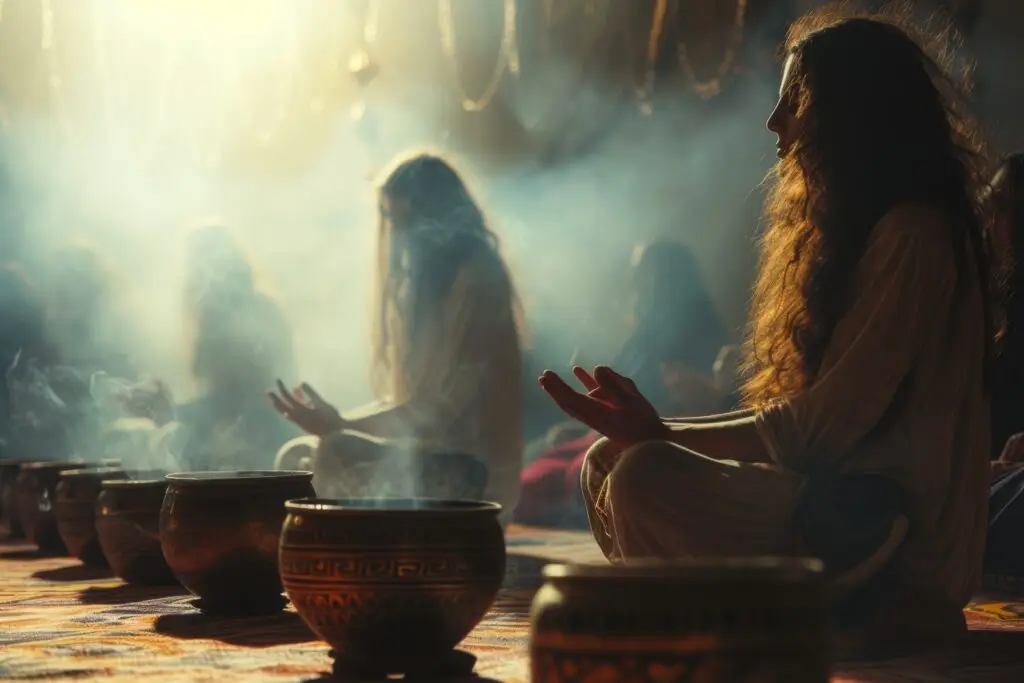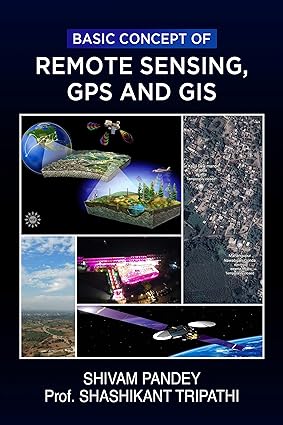During Medieval times, a religious movement spread across various parts of India known as Bhakti Movement. Its central focus was on Bhakti, or true devotion of God. During this period, Hinduism had significantly declined. The Bhakti Movement strongly denounced the evils of Hinduism, like superstitious practices, caste system etc and emphasized on unity and equality. This movement placed love and devotion (bhakti) at the heart of religious practice, offering a fresh approach to a Hinduism some felt had become rigid and overly focused on rituals.
Key Features Of Bhakti Movement:
1. Devotion to a Personal God: The Bhakti movement emerged as a distinct current within Hinduism, emphasizing fervent devotion (bhakti) to a chosen deity as the primary means of achieving spiritual liberation (moksha). This contrasted with the prevailing emphasis on elaborate rituals and scriptural interpretations championed by Brahminical orthodoxy.

2. Rejection to Caste and Social Hierarchies: The movement challenged the cast system’s social hierarchy. It preached that everyone, regardless of caste or gender has equal access to the divine through devotion. Bhakti saints often criticized the rigid caste system and they advocated for equality and emphasized that devotion to God was open to all.
3. Vernacular Languages: Bhakti Saints used the common languages spoken by the people like Tamil, Hindi, Marathi, Bengali, Assamese instead of Sanskrit, the language of scriptures. This made the teaching accessible to the common people who did not understand Sanskrit.
4. Singing and Devotional Poetry: Bhakti Saints and followers expressed their devotion through Bhajans (devotional songs), Kritans (musical recitations) and poetry. These works filled with emotional yearning and love for God, became popular and helped spread the Bhakti message.
5. Universalism and Tolerance: Bhakti emphasize universal love and tolerance. It sought to bridge sectarian divides and focused on the essence of spiritual teaching rather than dogma or ritual differences.
The Bhakti movement had a lasting impact on Hinduism, promoting social equality, enriching regional languages and leaving behind a rich legacy of devotional literature and music.









